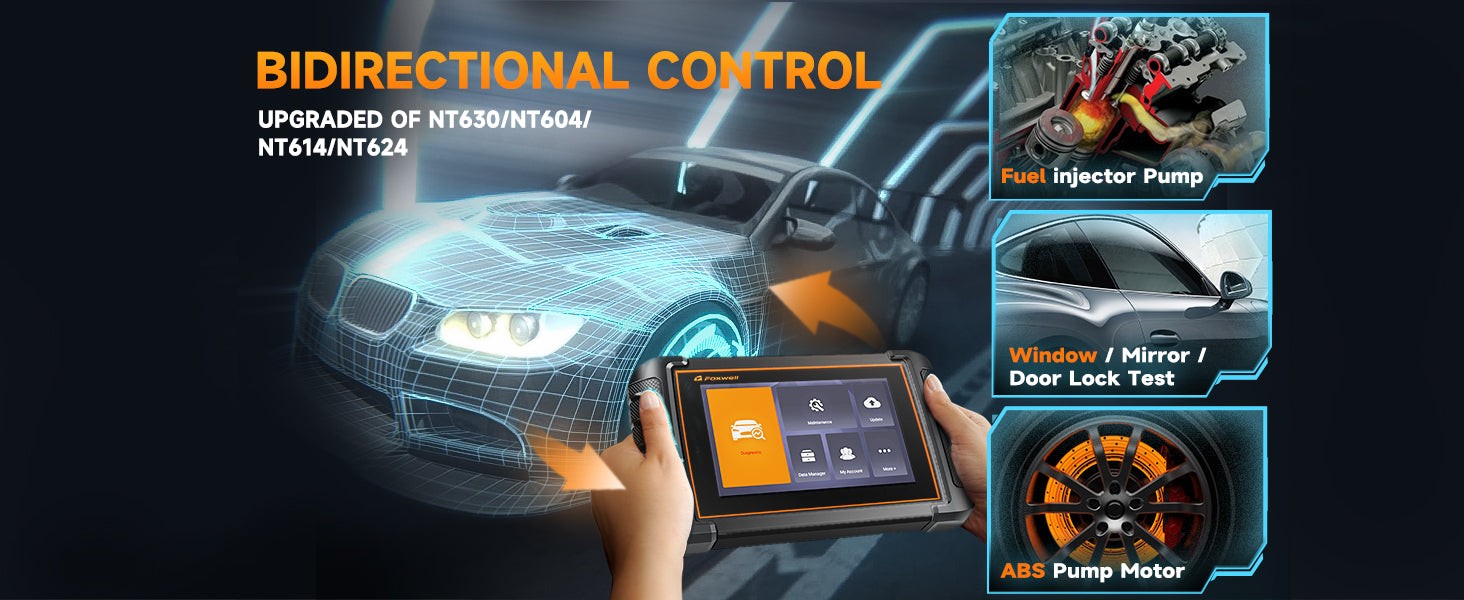Tire Pressure Monitoring Systems (TPMS) are crucial for vehicle safety and efficiency. They constantly monitor tire pressure and alert the driver to potential problems. But how does TPMS interact with the vehicle’s onboard diagnostics system, specifically OBD2? This article explores the relationship between OBD2 and TPMS, outlining the importance of TPMS for safety, explaining the limitations of standard OBD2 scanners in dealing with TPMS issues, and highlighting the need for specialized Obd2 Tpms tools.
The Crucial Role of TPMS in Vehicle Safety
Proper tire pressure is paramount for safe and efficient driving. Underinflated tires negatively impact handling, increase the risk of blowouts, and extend braking distances. TPMS mitigates these risks by providing real-time tire pressure data to the driver, often through a dashboard display or warning light. This allows drivers to address low pressure before it leads to dangerous situations.
OBD2 and TPMS: Why a Specialized Scanner is Often Necessary
While standard OBD2 scanners excel at diagnosing engine and emissions problems, they often lack the capability to fully interact with TPMS. Standard OBD2 scanners can typically read generic diagnostic trouble codes (DTCs), but TPMS issues often trigger manufacturer-specific codes that require a more specialized OBD2 TPMS tool.
Standard OBD2 Scanner Limitations with TPMS
Standard OBD2 scanners provide valuable engine diagnostics, including reading and clearing DTCs related to combustion, emissions, and sensor malfunctions. However, they are generally limited in their TPMS functionality:
- Manufacturer-Specific Codes: TPMS utilizes proprietary codes that standard OBD2 scanners can’t interpret.
- Limited Functionality: Basic scanners can’t perform TPMS resets, sensor programming, or relearn procedures necessary for proper TPMS function after tire rotations or sensor replacements.
Specialized OBD2 TPMS Scanners: Essential Features
Dedicated OBD2 TPMS scanners offer the functionality needed for complete TPMS management:
- Manufacturer-Specific Protocols: These scanners understand the unique communication protocols used by different vehicle manufacturers.
- Advanced TPMS Functions: They can reset TPMS systems, program new sensors, initiate relearn procedures, and provide in-depth sensor data.
- Sensor Compatibility: Ensure the scanner supports the specific TPMS sensors used in your vehicle.
- Live Data: Real-time data from each sensor, including pressure, temperature, and battery status, provides comprehensive insights.
Foxwell: Leading the Way in OBD2 TPMS Solutions
Foxwell offers a range of diagnostic tools designed to handle TPMS effectively. Models like the Foxwell NT310 and NT530 provide specialized TPMS functionality, including:
- Direct TPMS Access: These tools communicate directly with the TPMS module for accurate diagnostics and control.
- Comprehensive Vehicle Coverage: Foxwell scanners support a wide range of vehicle makes and models.
- User-Friendly Interface: Designed for ease of use, even for those unfamiliar with TPMS systems.
- Regular Updates: Foxwell provides software updates to ensure compatibility with the latest vehicle technologies.
Conclusion: Investing in the Right OBD2 TPMS Tool
While a standard OBD2 scanner is valuable for general diagnostics, a specialized OBD2 TPMS scanner is essential for properly managing and maintaining your vehicle’s Tire Pressure Monitoring System. Investing in a quality OBD2 TPMS tool ensures accurate readings, efficient troubleshooting, and the ability to perform necessary maintenance, ultimately contributing to safer and more reliable driving. Foxwell offers a range of excellent options tailored to meet the needs of both professional mechanics and car enthusiasts.

